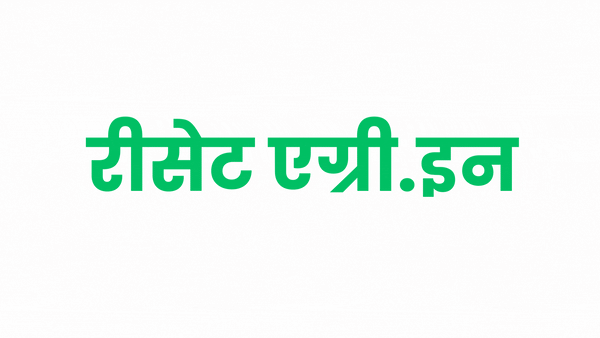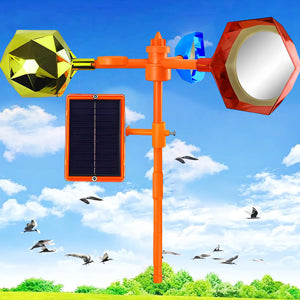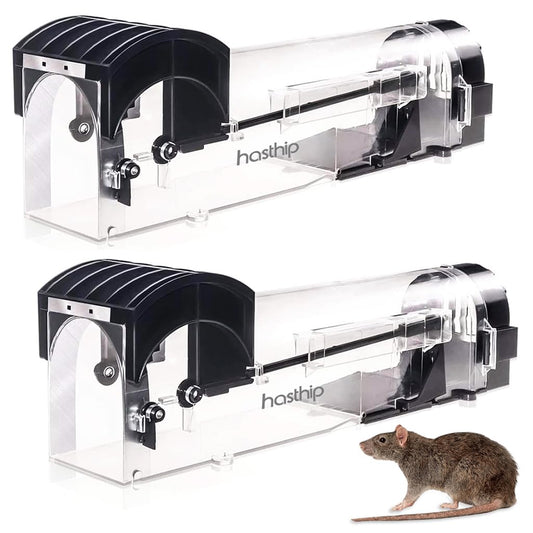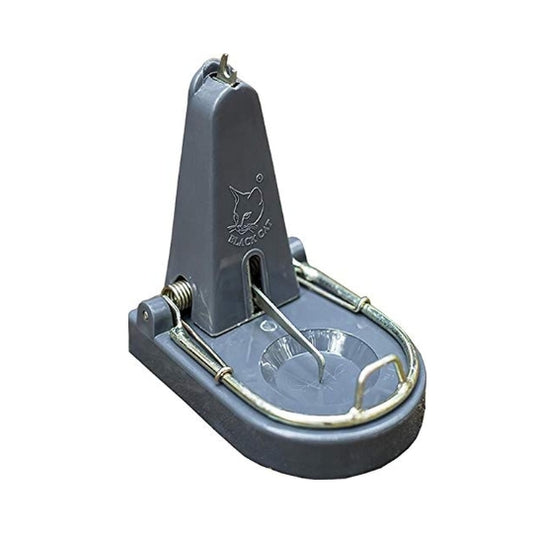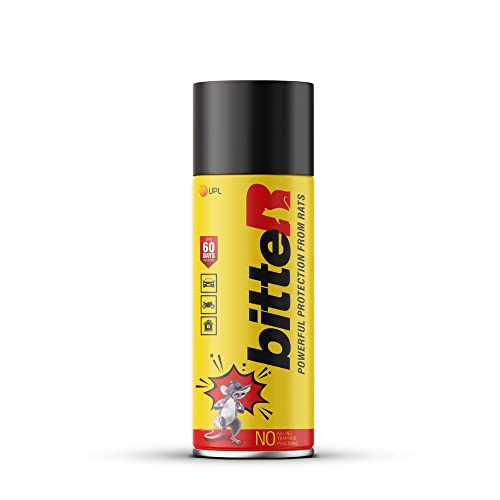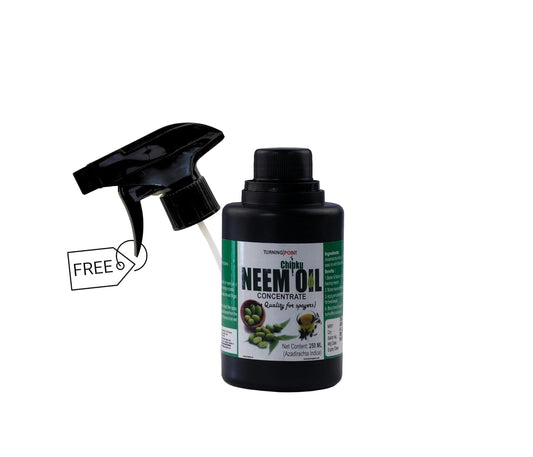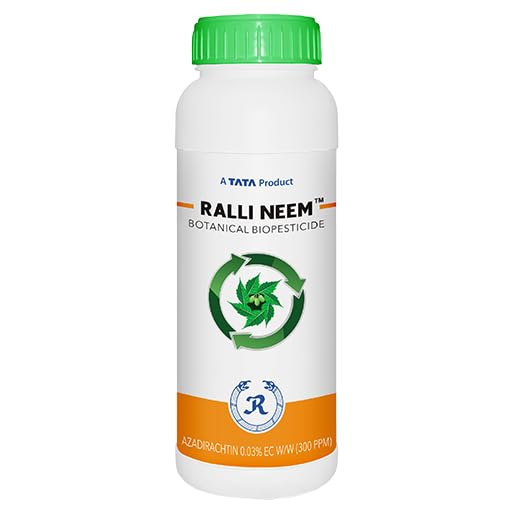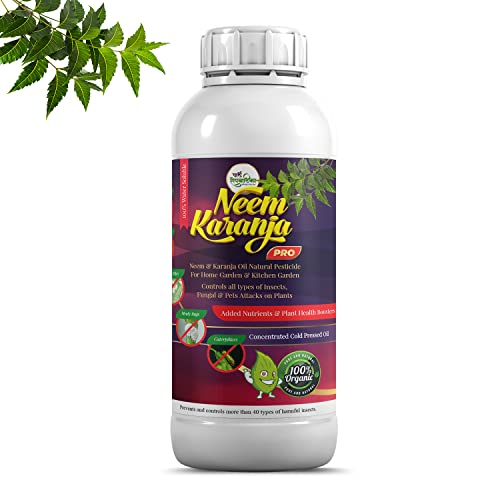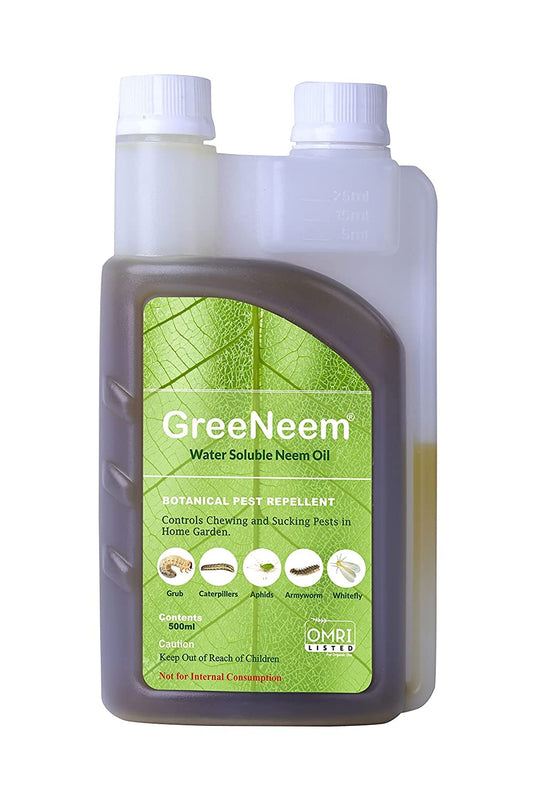Agricultural Drones: Spare Parts, Functionalities, and Applications, Farmers show know
Share
What are spare parts of agricultural drones?
The following are some of the most common spare parts of agricultural drones:
- Frame: The frame is the main structure of the drone and holds all of the other components together.
- Motors: The motors are responsible for spinning the propellers and providing lift.
- Propellers: The propellers are the blades that push air downwards, propelling the drone forward.
- Electronic speed controllers (ESCs): The ESCs control the speed of the motors.
- Flight controller: The flight controller is the brain of the drone and controls its movement and stability.
- Battery: The battery provides power to all of the other components.
- Payload: The payload is the equipment that the drone carries, such as a camera, sprayer, or sensor.
How the drone spares function?
The different spare parts of an agricultural drone work together to allow it to fly and perform its tasks. The frame provides a sturdy structure for the other components, the motors spin the propellers to generate lift, the ESCs control the speed of the motors, the flight controller controls the drone's movement and stability, the battery provides power to all of the other components, and the payload is the equipment that the drone carries.
How data is collected and shared with connected with servers?
Agricultural drones can collect data using a variety of sensors, such as cameras, multi-spectral and hyperspectral sensors, and GPS sensors. This data can be used to monitor crop health, identify pests and diseases, and assess irrigation needs. The data is collected and stored on the drone's onboard computer, and can be shared with connected servers using a variety of methods, such as Wi-Fi, cellular data, or satellite communication.
How drones avoid collision?
Agricultural drones can avoid collision using a variety of methods, such as:
- Sense and avoid technology: This technology uses sensors to detect other objects in the drone's path and avoid them.
- GPS positioning: Drones can use GPS to track their position and avoid flying into restricted areas or other drones.
- Human intervention: Drone pilots can also manually take control of the drone and avoid collisions.
How drones monitor crops?
Drones can monitor crops by collecting data using a variety of sensors, such as cameras, multi-spectral and hyperspectral sensors, and GPS sensors. This data can be used to:
- Assess crop health: Drones can be used to identify areas of the field where crops are stressed or diseased.
- Identify pests and diseases: Drones can be used to identify pests and diseases early on, so that farmers can take steps to control them.
- Assess irrigation needs: Drones can be used to assess the irrigation needs of crops and ensure that they are getting enough water.
How two drones can communicate with each other?
Two drones can communicate with each other using a variety of methods, such as:
- Radio frequency (RF) communication: This is the most common type of communication used between drones. RF communication uses radio waves to transmit data between drones.
- Wi-Fi communication: Wi-Fi communication can be used to transmit data between drones over short distances.
- Cellular data communication: Cellular data communication can be used to transmit data between drones over longer distances.
Examples of "How agricultural drones are used?"
Agricultural drones are used in a variety of ways, including:
- Crop monitoring: Drones can be used to monitor crop health, identify pests and diseases, and assess irrigation needs.
- Crop spraying: Drones can be used to spray crops with pesticides, herbicides, and fertilizers.
- Seed planting: Drones can be used to plant seeds in hard-to-reach areas or in areas where the ground is too wet or uneven for traditional planting methods.
- Livestock management: Drones can be used to monitor the movement of livestock and to count livestock.
Agricultural drones are a powerful tool that can help farmers to improve their efficiency and productivity. By using drones to collect data about their crops and to perform tasks such as spraying and planting, farmers can save time and money, and produce more food.
